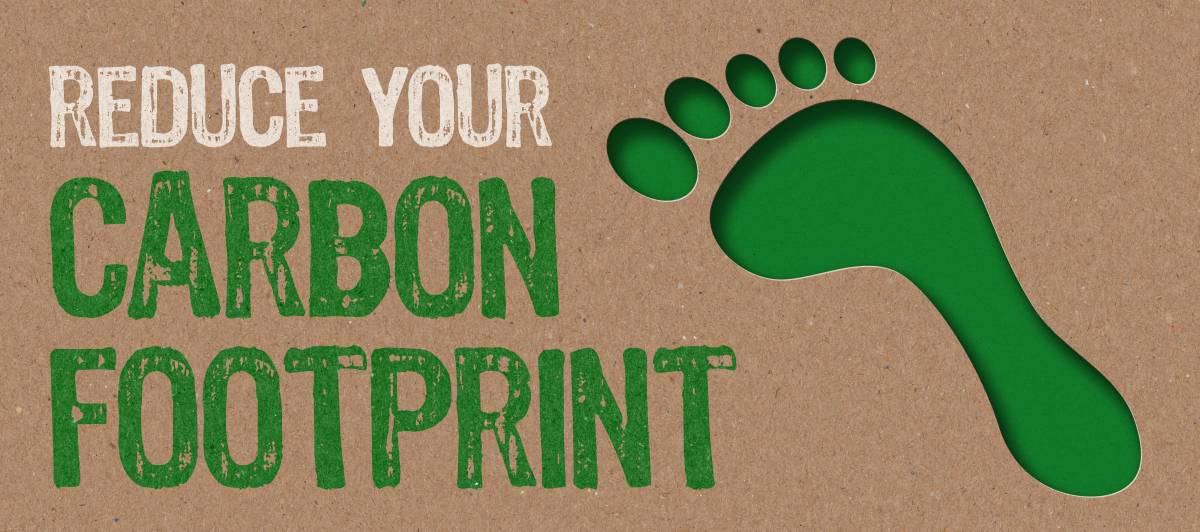Poorly controlled asthma emits same quantity of greenhouse gas as 124,000 homes each year in the UK
Patients whose asthma is poorly controlled have eight times excess greenhouse gas emissions compared with those whose condition is well controlled – equivalent to that produced by 124,000 homes each year in the UK – according to the first study of its kind.
The article – published online today (28 February) in the journal Thorax – is written by Alexander J K Wilkinson, from the department of respiratory medicine at East and North Hertfordshire NHS Trust, and an international team of researchers. Dr Wilkinson has been the British Thoracic Society’s lead on sustainable respiratory care in the UK.
Improving the care of asthma patients could achieve substantial carbon emissions savings, and help the NHS meet its net zero target, say Dr Wilkinson and his colleagues.
To gauge the environmental footprint of asthma care in the UK, the researchers retrospectively analysed the anonymised health records of 236,506 people with asthma whose data had been submitted to the Clinical Practice Research Datalink between 2008 and 2019.
Huge carbon footprint
Greenhouse gas (GHG) emissions, measured as carbon dioxide equivalent (CO2e), were estimated for asthma-related medication use, healthcare resource utilisation and severe exacerbations during follow-up of patients with asthma.
Well controlled asthma was categorised as no episodes of severe worsening symptoms and fewer than three prescriptions of short-acting beta-agonists (SABAs) reliever inhalers in a year. Poorly controlled asthma was categorised as three or more SABA canister prescriptions or at least episode of severe worsening symptoms in a year.
A severe exacerbation of asthma was defined as worsening symptoms requiring a short course of oral corticosteroids, an emergency department visit, or hospitalisation. Excess GHG emissions due to suboptimal asthma control included at least 3 or more SABA canisters per year, severe exacerbations, and any GP visits within 10 days of hospitalisation or an emergency department visit.
The researchers calculated that the overall carbon footprint attributed to asthma care when scaled to the entire UK asthma population added up to 750,540 tonnes CO22/year.
Poorly controlled asthma contributes to a large proportion of asthma-care related greenhouse gas emissions with inappropriate SABA use emerging as the single largest contributor [Alexander J K Wilkinson et al]
Asthma was poorly controlled in just under half (47per cent; 111,844) of the patients. And poorly controlled asthma contributed to excess greenhouse gas emissions of 303,874 tonnes CO2e/year equivalent to emissions from more than 124,000 homes in the UK, they estimate. The excess GHG emissions were eight-fold higher on average for a person with poorly controlled asthma than in the well-controlled asthma patients.
The excess GHG emissions were 90 per cent comprised of inappropriate SABA use with the remainder mostly due to healthcare resource utilisation such as GP and hospital visits, required to treat severe worsening symptoms.
Poorly controlled asthma generated three-fold higher greenhouse gas emissions on average for a person with poorly controlled asthma compared with well controlled asthma when taking into account GHG emissions related to all aspects of asthma care including routine prescribing and management.
Conclusions and caveats
The researchers acknowledge various limitations to their findings, including that the study results were largely descriptive in nature. And factors other than the level of asthma symptom control, such as prescribing patterns, may also have contributed to high SABA use.
But they nevertheless write: ‘Our study indicates that poorly controlled asthma contributes to a large proportion of asthma-care related greenhouse gas emissions with inappropriate SABA use emerging as the single largest contributor.’
The Global Initiative for Asthma no longer recommends SABA used alone as the preferred reliever for acute asthma symptoms, they add. The authors conclude that efforts to improve asthma treatment practices including curtailing inappropriate SABA use and implementing evidence-based treatment recommendations, could result in substantial carbon savings.
Fact file
Healthcare is a major contributor to greenhouse gas emissions and in 2020 the NHS set an ambitious target of reducing its carbon footprint by 80 per cent over the next 15 years, with the aim of reaching net zero by 2045, note the researchers.
Asthma is poorly controlled in around half of those with the condition in the UK and Europe, increasing the risk of hospital admission and severe illness as well as healthcare costs.
To access the full version of the article – titled Greenhouse gas emissions associated with suboptimal asthma care in the UK: the SABINA healthCARe-Based envirONmental cost of treatment (CARBON) study doi: 10.1136/thorax-2023-220259 – click
Author: I A McMillanShare it with















